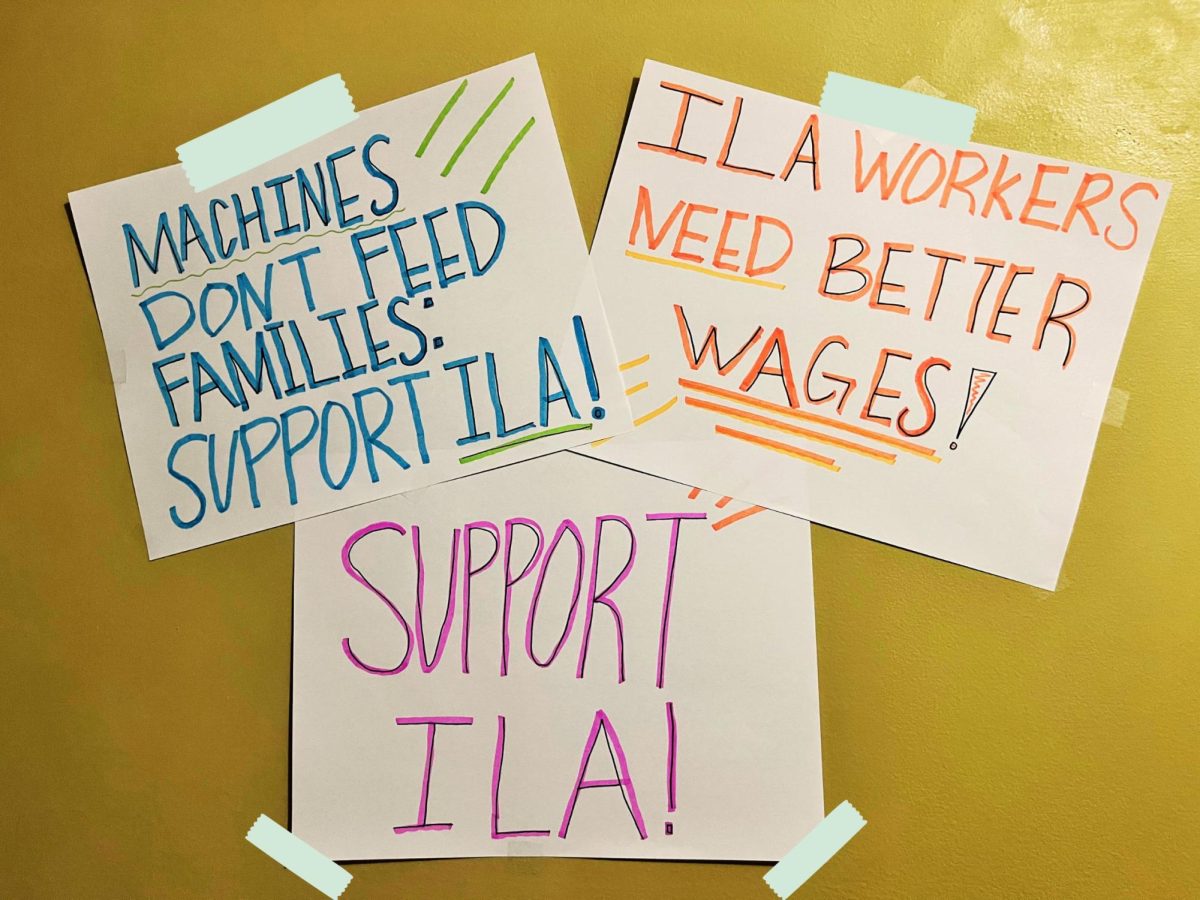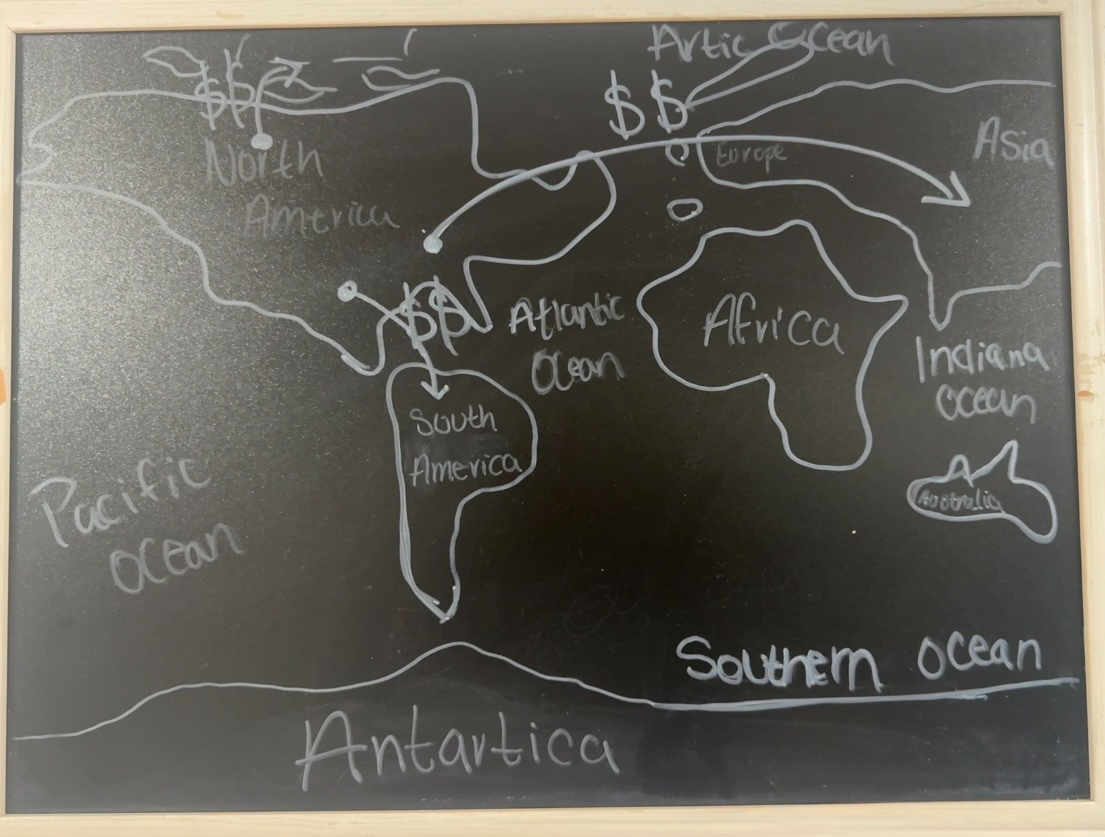Beginning October 1, the International Longshoremen’s Association (ILA) dockworkers began a port strike that stemmed from the issues of wages from the United States Maritime Alliance (USMX). Thousands of port workers within every major east and Gulf Coast port went on strike which altered the flow of goods from outside countries. This port strike evolved after myriad dockworkers aligned to protest for higher wages and greater job security.
Dating back to late September, President Joe Biden confirmed that he would not address the threats of a possible strike because of his hope that the East Coast ports dockworkers would resolve the problems through collective bargaining. Soon after, Biden agreed to help both the union and the port groups reach a solution. The ILA remarked that their wages seem unfair since the workers do not earn the same pay as compared to their counterparts in the West Coast dockworkers union.
“The parties were not as far apart as it sounded on economics. There were strong positions and strong personalities, but there was a deal of space. That’s one thing that I emphasized when I was talking to the ocean carriers, urging them to get to a deal. You know, the last thing that emergency responders need is to be looking over their shoulder, wondering if they’re going to be impacted by a strike,” U.S. Secretary of Transportation Pete Buttigieg said.
The ILA demanded a 77% increase in wages for the duration of a new contract under the USMX, with an increase of five dollars in the first year of the deal — the starting pay beginning at $44 an hour. The USMX attempted to negotiate a deal of a 50% increase, rather than 77%, but the ILA utterly rejected it. The administration believes no employee should work for $20 an hour when minimum wage in various states begins at $15 — especially when the desired pay starts at double what the alliance offers.
With thousands of employees refusing to work, consequences threatening the U.S. supply of fruits, poultry and various other goods for companies arose. Alongside Hurricane Helene which washed over hundreds of farms and roadways near the end of September, the U.S. focuses on providing aid to communities in the aftermath of the loss of crops which continues to affect the southeast daily. Stores currently see food and goods shortages in reaction to the hurricane which leads many businesses to rely on west coast ports since the east coast ports became unavailable. Now, grocery stores and restaurants depend on interstate commerce rather than regional integration.
“The ports definitely affected the grocery stores because I work at a Publix near me and there were a lot of people stocking up on so many things. And our banana stock had gone down a few. I believe there can be [another strike] because different people will always have different opinions on work ethics and what should or should not be done,” freshman Kylie Floyd said.
October 3, the USMX and the ILA agreed on a tentative deal on wages and an extension of their contract through January 15, 2024. After the contract ends, the ILA and the USMX will meet again to focus on other outstanding issues the dockworkers may have faced. Both groups agreed on an increase of 61.5% in pay over the following six years while the issue covering automation still remains a debate. The tentative agreement declared the port strike officially over that same day.
While the U.S. works to return to its normal operation within the ports, cargo ships returned to Georgia ports Friday morning after Longshoremen rallied to work following the three-day strike. Now that dockworkers reached an agreement, the USMX begins their 100-day countdown to another — and possibly intense — port strike if they do not settle the contentious issue of the lack of port automation.

















